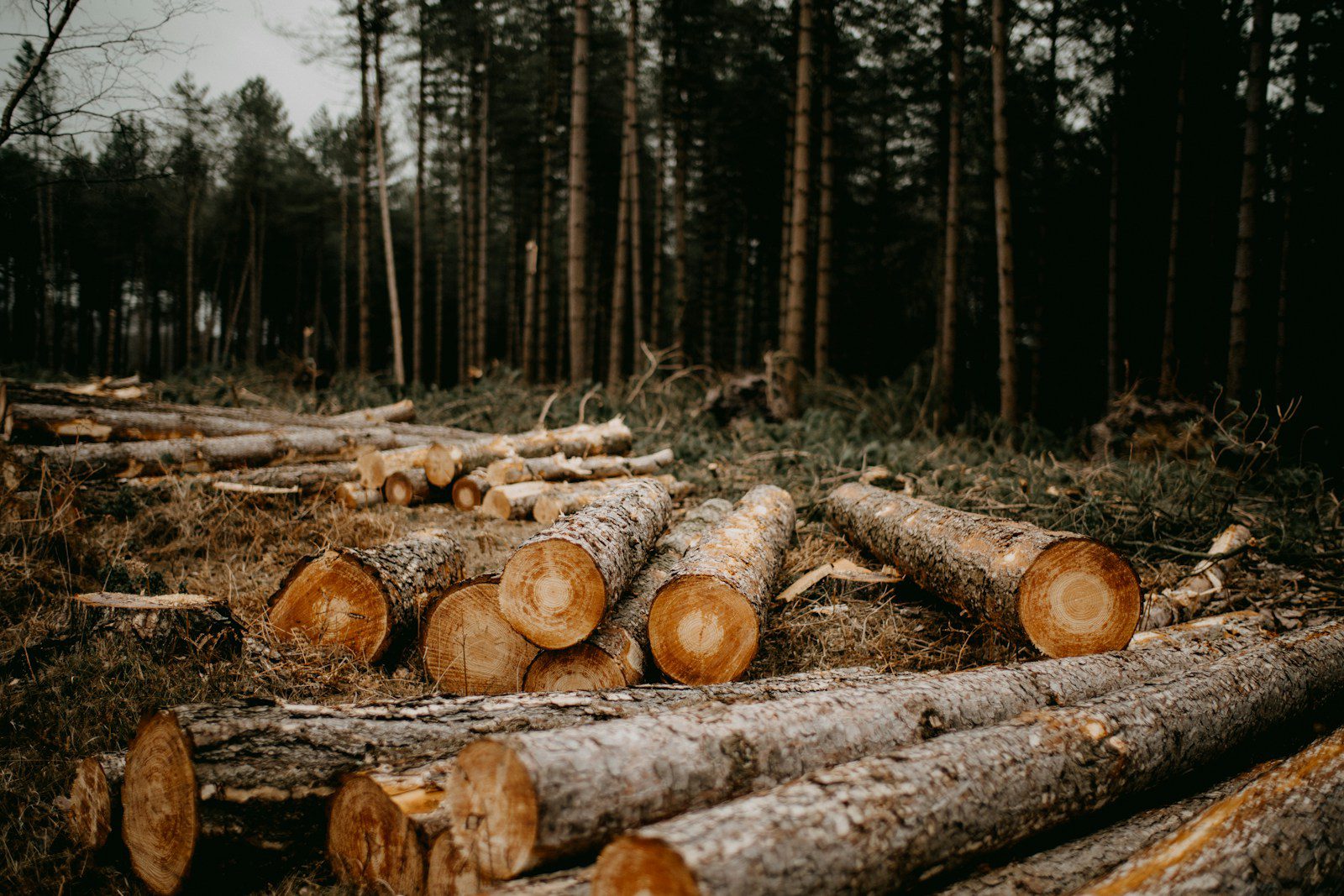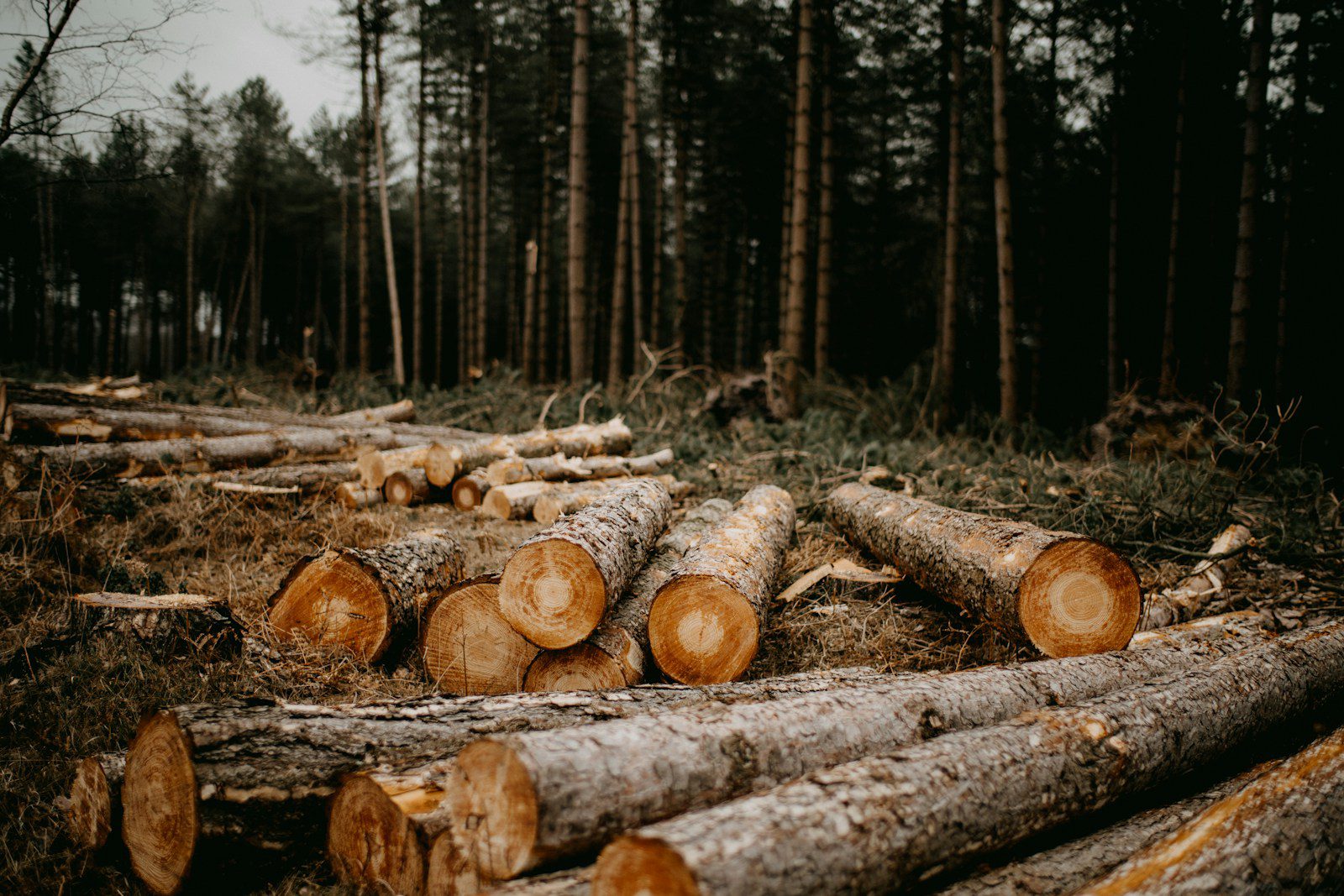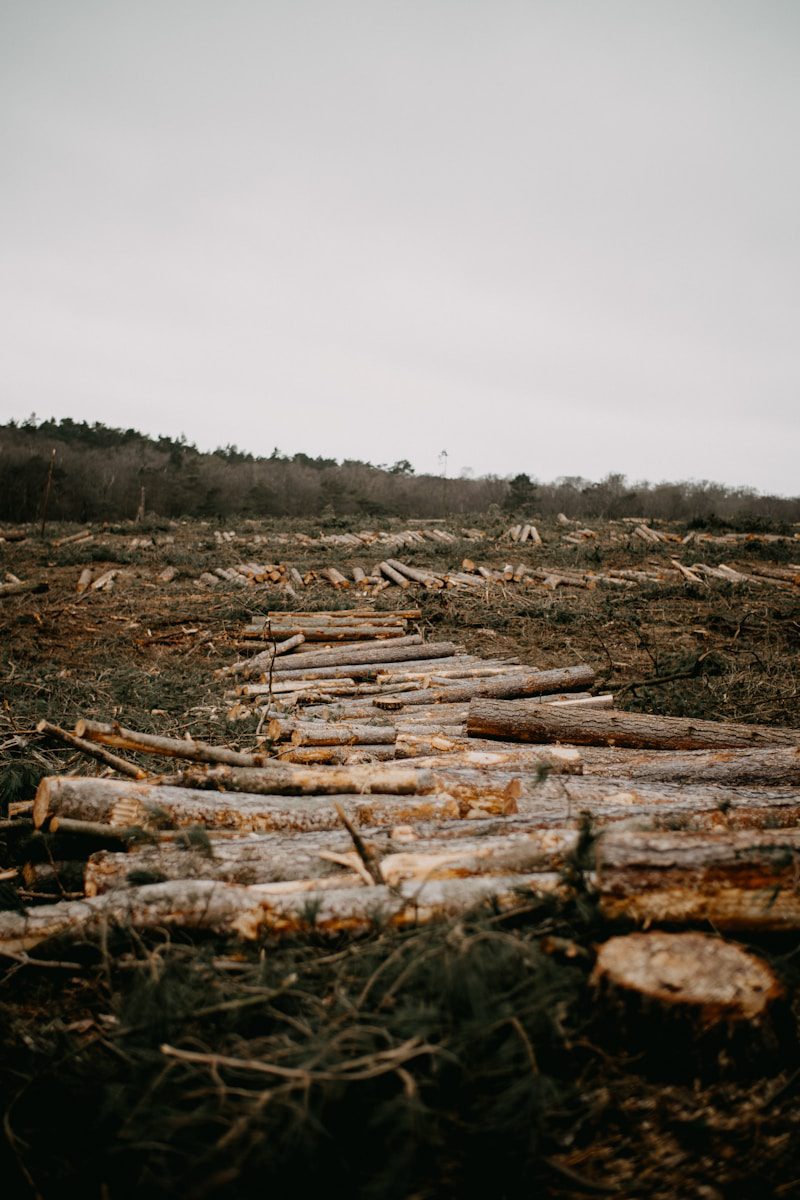
How Local Resource Ownership is Key to Reversing Deforestation

By Your Name – August 2025
Over the past century and a half, Latin America has experienced significant deforestation, losing approximately 350 million hectares (nearly 865 million acres) of its forested landscapes since the mid-19th century. However, recent trends indicate a promising shift: instead of continuing the relentless loss of tree cover, the region is beginning to see signs of forest recovery. This reversal reflects complex social, demographic, and agricultural dynamics that are reshaping how forests coexist with human development.
In the recently published book Reversing Deforestation (December 2024), the authors delve into the factors influencing this transition. One pivotal element they highlight is the role of local resource ownership — the control and management rights communities and individuals hold over forested lands. This ownership is not only crucial for empowering local stewardship but also essential for enabling investments in carbon capture and other vital ecosystem services that forests provide.
One of the main drivers behind historic deforestation in Latin America has been demographic expansion. As populations grow, the demand for agricultural land to feed increasing numbers of people escalates, often at the expense of natural habitats. Over the last 175 years, the human population in Latin America surged from roughly 30 million to over 650 million, a growth that corresponded with substantial forest clearing for farms and ranches.
Yet, this demographic pressure is shifting. Fertility rates in Latin America have dropped dramatically — from an average of 5.9 children per woman in 1960 to just 1.9 today. This decline in birth rates has brought the annual natural population increase down from nearly 3% to under 1%. In contrast, sub-Saharan Africa maintains higher fertility rates averaging over four children per woman, with population growth rates above 2% annually. This disparity in demographic trends partly explains why deforestation rates in Latin America have started to slow and even reverse, while forest loss continues at a similar pace in sub-Saharan Africa.

Drop files to upload
Alongside demographic shifts, improvements in agricultural productivity have played a crucial role in reducing the pressure on forests. Enhanced farming techniques and better yields mean that less land is required to produce the same or greater quantities of food. This efficiency allows for the restoration of degraded lands and supports natural reforestation processes, as fewer areas need to be cleared for cultivation.
However, the success of these transitions depends heavily on governance structures around land and resource rights. Without clear and enforceable local ownership, communities often lack the incentive or means to invest in sustainable forest management. This absence of property rights can impede the financing and implementation of carbon sequestration projects and other environmental services that forests can offer.
Local control over forest resources is more than a legal matter; it is the cornerstone for sustainable environmental stewardship. When communities and indigenous peoples hold secure tenure over their lands, they are more likely to engage in conservation efforts, manage forests sustainably, and participate in carbon markets and ecosystem service programs. This empowerment creates a virtuous cycle where ecological health and local livelihoods are mutually reinforced.
Furthermore, international funding mechanisms for climate change mitigation increasingly prioritize projects that involve local stakeholders and demonstrate clear land tenure arrangements. This trend underscores the vital intersection between social justice, environmental conservation, and economic viability in the fight against deforestation.
The trajectory toward reversing deforestation in Latin America is shaped by intertwined demographic, agricultural, and governance factors. Reduced population growth and advances in farming efficiency have eased the pressure on forests, but the cornerstone of sustained forest recovery lies in empowering local communities through secure resource ownership.
Strengthening land tenure rights, supporting sustainable agricultural practices, and fostering inclusive environmental governance will be critical steps in ensuring that forests continue to regenerate and provide their essential ecosystem services. This comprehensive approach not only addresses environmental concerns but also supports economic development and social equity, offering a model for other regions facing similar challenges.
As global efforts to combat climate change intensify, recognizing and reinforcing the role of local stakeholders in forest management will be indispensable. Protecting and restoring forests through equitable resource ownership is a sustainable investment in the health of our planet and the well-being of future generations.
Related Articles:
For further reading, visit Mongabay.